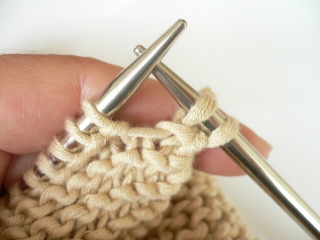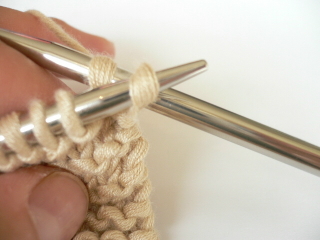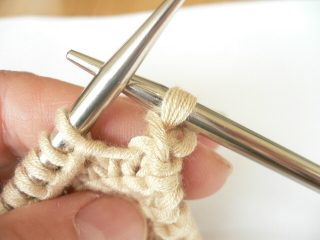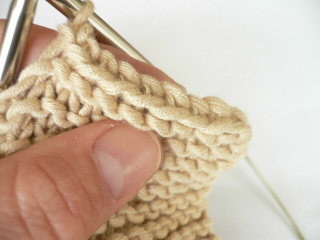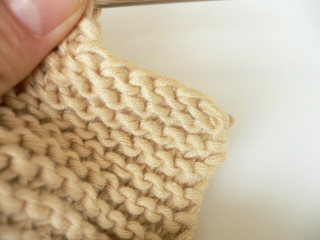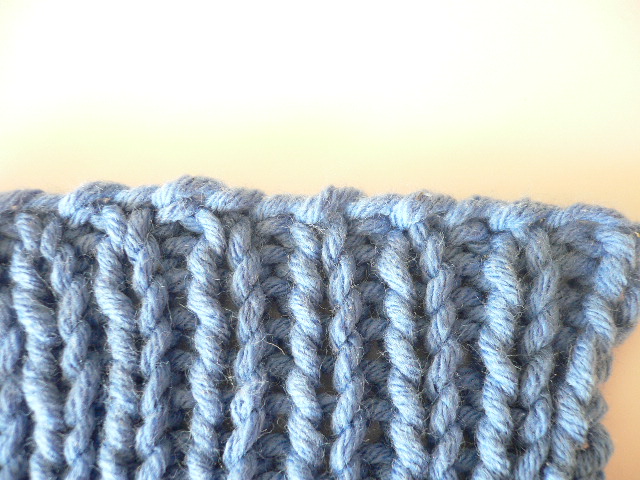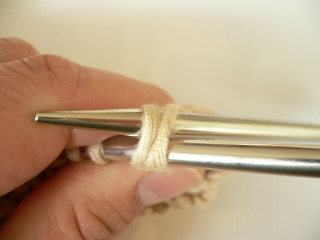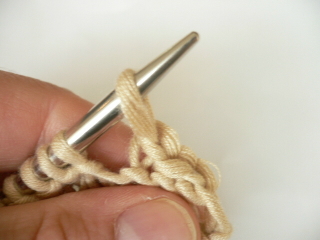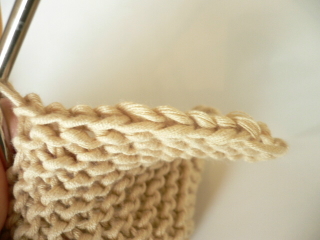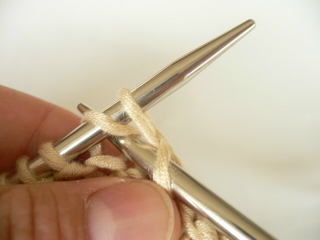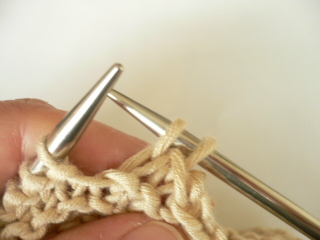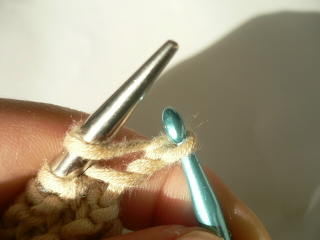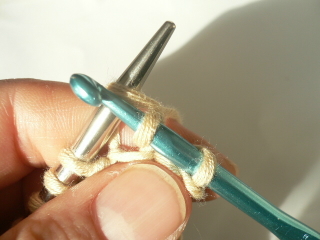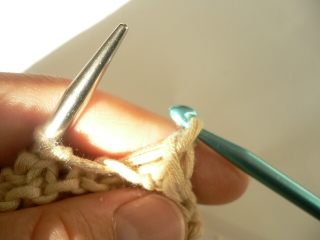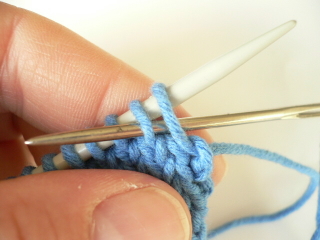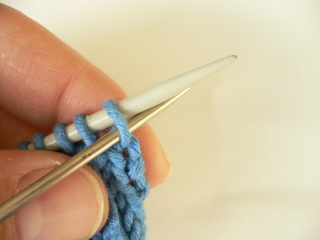Knit techniques
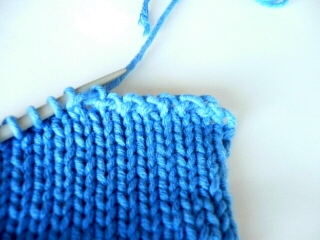
|
Okay, so you’ve put hours and hours (and hours) into knitting and you’ve finished. Now to bind off. (Some people call it casting off because there’s a lovely symmetry to “casting on, casting off”, isn’t there?) But which bind off? Do you usually bind off too tightly? I know I do. There’s nothing worse than not being able to get your head through the neck of a sweater you’ve just finished. One way to solve this is to bind off with a needle a couple of sizes bigger held in your right hand. But did you know that there are particularly flexible methods of binding off? Binding off in ribbing, a suspended bind off or a decrease bind off, to name a few. Or maybe you want a decorative bind off? There’s the picot bind off, I-cord bind off or a (gasp!) double-crochet bind off, all of which have a little something special. Then there are sewn methods of binding off and of course, the three-needle bind off. Whew! Better get to it. The most usual way to bind off is as follows: Knit two stitches then *insert the left hand needle into the front of the first stitch on the right needle, pull it over the second stitch and off the right hand needle. This leaves one stitch on the right hand needle. Knit another stitch*, then repeat from * to *. When you knit the stitches, the result is a row of V’s, which are slightly facing the front of the work. Next couple of times you knit a gauge swatch, try casting off using knit stitches on the right side of stockingette stitch vs. the wrong side and see the difference. It’s purely a matter of personal preference! To bind off in purl from the right side, do the exact same thing, but purl the stitches instead of knitting them. A purl bind off can be a bit neater, particularly in garter stitch, since the bind off row more closely resembles another garter stitch ridge. To bind off in ribbing, knit the knit stitches and purl the purl stitches as you bind off.
Particularly flexible bind offs Sometimes bind offs can be a bit tight. Sometimes this is a good thing. But for the tops of socks or sleeves, the neck of a sweater or anywhere you’re casting off over ribbing — all the places that are going to have to give a little when you put them on — you’ll want a more flexible method of casting off. If not, it can lead to the bind off edge wearing thin after a bit of time has gone by from the stress. The following bind offs are all a bit more flexible than “regular” casting off. The decrease bind off There are several ways of performing the decrease bind off – by knitting two stitches together, knitting two stitches together through the back loop and purling two stitches together. I’ll stick with knitting through the back loop – it’s Wendy Wonnacott‘s preferred method! *Knit two stitches together through the back loop. Return the stitch back to the left hand needle*. Repeat from * to * until all stitches are bind off. This leaves a bind off edge similar to the ones above, depending on whether you knit or purl, but with considerably more flexiblity.
The suspended bind off Knit two stitches. *Slip the first stitch over the second stitch, but do not drop it from the left hand needle. Knit the next stitch. Slip both stitches off the left needle, leaving two stitches remaining on the right hand needle.* Repeat * to *. The resulting bind off looks similar to a regular knit bind off, but looser.
The single crochet bind off Using a crochet hook similar to the size of your knitting needles held in your right hand, *knit one stitch. Knit a second stitch with the crochet hook… then pull the loop of the second stitch through the first stitch.* Repeat from * to *.
Elizabeth Zimmermann’s sewn bind off Break off a length of yarn around 3 times as long as the knitting and thread it onto a yarn needle. *Insert the needle into the first 2 stitches on the knitting needle as if to purl and draw the yarn through. Reinsert the needle into the first stitch on the knitting needle as if to knit, draw the yarn through and slip the stitch off.* Repeat from * to *. This leaves a cast on row that has an appearance that is very similar to a long tail cast on. There, that ought to hold you until next issue, when we’ll cover the decorative bind offs and the infamous 3-needle bind off! |

